Last month marked 20 years since the release of the Sega Dreamcast console in the United States. The Dreamcast was the final game console released by Sega and while it started off with strong sales and a very solid game library, by March of 2001, just two and a half years after the consoles Japanese release, it was discontinued.
In a pure coincidence, today happens to be the 20th anniversary of the consoles release in Europe (October 14th, 1999) so that’s kind of neat.
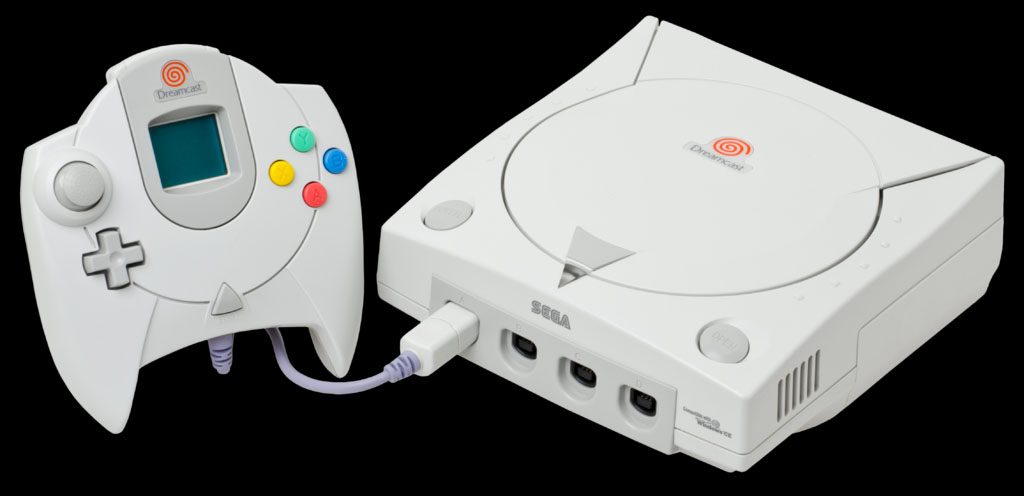
The reasons surrounding the end of the Dreamcast and Sega becoming a purely third party game production and publication company, are complicated, with roots going back to the early days of the Sega Saturn. The final nail in the coffin, however, was the upcoming release of the PlayStation 2. Dreamcast sales stagnated with the hype surrounding Sony’s upcoming console.
For this hypothetical, let’s presume Dreamcast sales had stayed solid during the build up to the PlayStation 2 — just enough to keep Sega pushing resources into it, rather than completely shift structure as they did in 2000. What would have been the future for the much beloved Sega Dreamcast?
First things first — all of the Sega 1st party releases which came to the GameCube, PlayStation 2, and Xbox, wouldn’t have happened. That’s a given, so let’s presume games like Sonic Heroes, Panzer Dragoon Orta, Gunvalkyrie, and the like happened in some form as they did on the Xbox, for example, but were instead released on the Dreamcast. The idea isn’t that these games would be identical — obviously not — but that such 1st party titles would exist and be published between 2001 and 2005, let’s say. So, this would be a bit of a hit and miss library. Perhaps some games would be better than they were, but there’s also a chance some game concepts worked out better on the Xbox, GameCube, and Playstation 2 as opposed to the Dreamcast (namely due to a lack of “dual analog” on the Dreamcast, if anything.) In any case, we have a sample of what kinds of games could have / would have happened had the console lived, as Sega continued producing games after the end of the Dreamcast, so we have a basis to go on.

Obviously something to consider as well are Naomi ports; Naomi, for those who don’t know, was the arcade hardware that the Dreamcast was based on. Many of these arcade ports were some of the first games for the console and really helped to sell it during the launch period as, coincidentally, this was the same time frame as the last big “hoorah” of arcade gaming. These games were made by both first and third parties which, naturally, leads us to third party titles.
Third party is really where things get interesting. I mentioned above how the Dreamcast lacked dual analog, a controller scheme which would become standard on the PlayStation 2, Xbox, GameCube, and all future consoles. This makes sense when, at the time the Dreamcast was designed, only the Nintendo 64 and the previous Sega Saturn 3D controller (which the Dreamcast controller was based off of) had analog control modules, each only having 1 to move the character. The PlayStation Dual Shock controller changed this, introducing a standard “dual analog” controller to the market in late 1998, once the Dreamcast was effectively ready for release.
This is an aspect which would hurt many publishers trying to produce the same game for all consoles of the era. Anything which used the right analog stick would have to have that function changed or removed. Granted, this was usually for camera and point of view things, so in some games it might not be so bad (Grand Theft Auto 3, for example, would control fine on a Dreamcast with some minor changes) other games (first person shooters like Black) would require very odd control schemes changes to work and while this is doable (Gun: Showdown on the Sony PSP showed what could be done, as the PSP has effectively the same control scheme as the Dreamcast) there is still good chance such games would be seen as inferior on the Dreamcast.
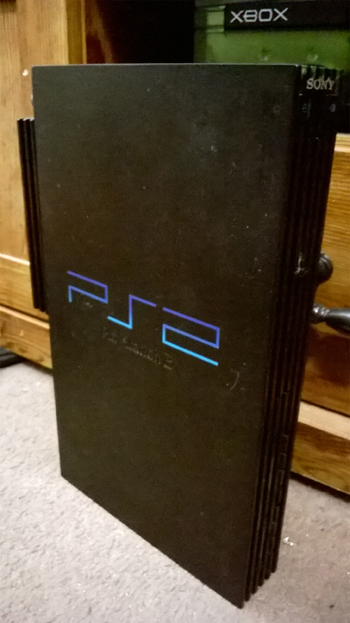
This leads me to think many titles would be unique, or otherwise be “special” versions for the Dreamcast — that, or some kind of dual analog controller would be designed and released, which certainly would be possible. That’s, honestly, where I feel things would have gone — Sega would have released the new controller and probably, by 2003, made it standard with the system. This would make porting games less of an issue, and put the controller on par with the later released GameCube, minus one button.
Here’s another thing to consider, though — what kind of games did we actually get during this time frame? Take those titles, and then think of them on the Dreamcast and there you go. There’s your game library from 2001 through to 2005. Who knows how much would have been made available for the console, and sure, there would probably have been titles made exclusively for the Dreamcast, but that too would be no different than the way the Xbox, PS2, and GameCube had their own exclusives from third party developers.
The point is, if you look at the overall game scene from 2002-2005, that’s the kind of stuff you may see on the Dreamcast were it still around then. Some cool stuff, maybe some special exclusives, but nothing too special. The magic of the launch era was really “lightning in a bottle” and things would have settled down in short order. That’s not to say the games produced later by Sega and other companies were bad, just to say that 1999 was an amazing time in gaming – the PlayStation 2 launch, by comparison, just a year later wasn’t nearly as exciting.
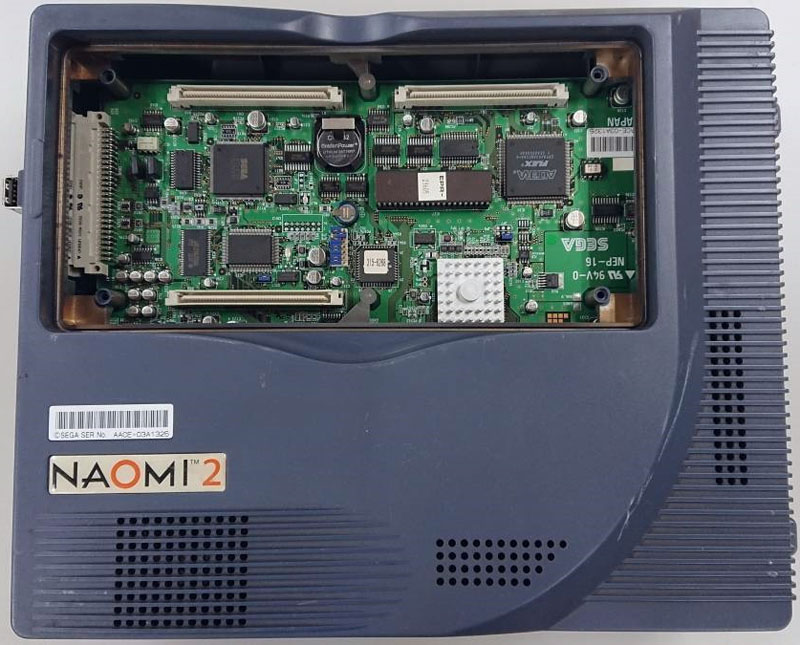
That leaves one last thing to address – the Xbox and the GameCube. These consoles released in late 2001 — after the Dreamcast was already discontinued. These consoles entered a world dominated by the PlayStation 2, and while their sales in the 20 million plus range is admirable, they did nothing close to the sales of the PlayStation 2 at, by the end of its own life in 2012, was around 155 million. Granted, that number is higher due to the console being in production for over a decade, many years past the Xbox and GameCube, but still — it was always dominant.
Now, in my scenario, the Dreamcast did better than its total 9 million sales — I won’t give an exact estimate, but let’s just say enough for Sega to keep in the business as they had been. The reason cited for Dreamcast sales to have stagnated in 2000 was hype for the PlayStation 2, which was, as always, overyhyped. Still, the rumors were enough to keep some people from diving in to the “next generation” with the Sega console, and instead they waited for the PS2 to arrive. For this scenario, I’m going to give that some people bought a Dreamcast anyway and then may have also picked up a PS2, much as some people had both PS2, Xbox, and / or GameCube consoles.
So, let’s say they did that.. they now had the, in this world still supported, Dreamcast, as well as the PlayStation 2. Nintendo’s entry was, incidentally, the last of that “generation” but would also be an expected contender that Nintendo fans certainly would have bought as they did anyway. A week before that, however, came the Xbox from Microsoft.
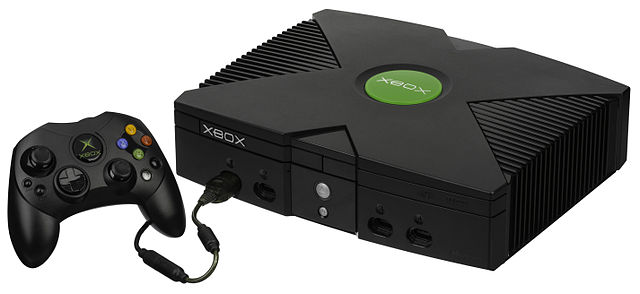
The Xbox was the new kid on the block. It had everything to prove, and honestly in reality did a damn good job in its short 4 year life. I think this actually had plenty to do with the Dreamcasts demise, as the Xbox was launched with all the same aggression as Sega was historically known to have and, to me, it seems was targeted at the very demographic still mourning the loss of the Dreamcast. That’s not ignoring similarities the two consoles had, and the fact that Sega seemed to in its early third party days really favor the console.
The long and the short of it is I feel the Xbox was the Dreamcast successor in all ways (one could easily call it the Dreamcast 2, but that’s another article for another time) and, in this scenario, that actually hurts it more than helps. It would have had less of an audience to pull from, and while I think it would have succeeded enough in a niche, thanks to titles like Halo and strong support from Microsoft, it wouldn’t have sold nearly as well.
Then again, consider that the top selling third party titles for the GameCube all seem to be Sega titles. While I highly doubt people bought GameCube consoles just to play Sega games which were already on the PS2 or Xbox, there’s still a connection between the two that you can’t ignore which wouldn’t exist in this scenario.
Lastly, we look to the future — what would have happened come 2005 and onward? This is where things get interesting… would Sega have played their hand early again and maybe by 2004 or 2005 have a Naomi 2 or Hikaru based system? Hell a Naomi 2 system could have come sooner, given the age of that hardware and its compatibility with Naomi software — this means a console based on it should have little issue being compatible with Dreamcast software, functionally like the PS2 being able to play PlayStation games. Hikaru would have provided more raw power than Naomi 2, but given its own costs and short life a home version of Naomi 2, to me, seems the most likely outcome, I’d say likely in the 2003-2004 range, thus beating the Xbox 360 by a year or more.
The best I can say is numbers would be different, and I feel like the Xbox and GameCube would have suffered for it. The gaming ecosystem has shown that it can really only support 3 consoles at a time, even then only somewhat irregularly, and I feel that in the end the PS2 would still have dominated, much as the PlayStation had against the Saturn and the Nintendo 64 the years prior.
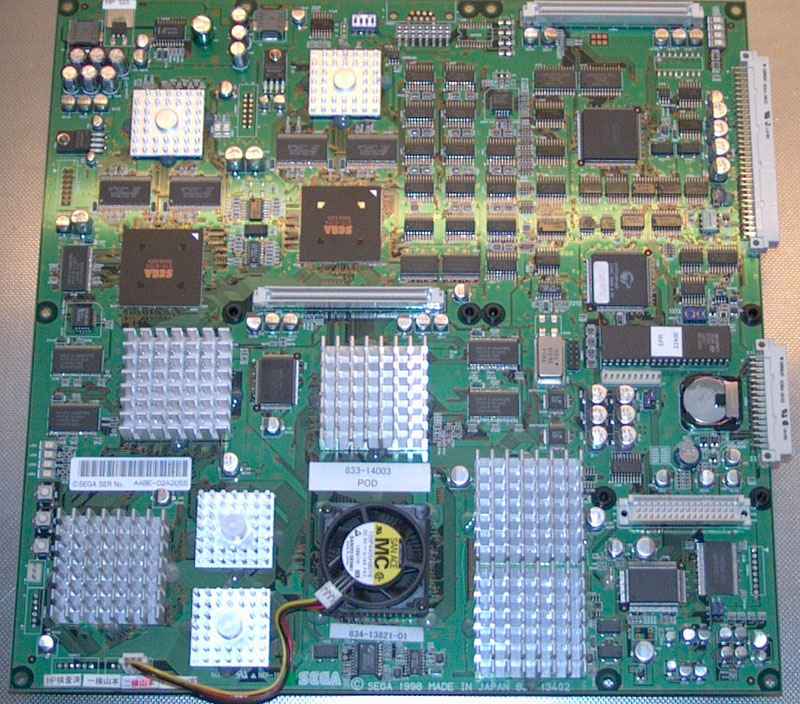
Still, this would only have been a stopgap, and that’s considering even if the 360 hadn’t happened (presuming, at worst, Microsoft not continuing past the Xbox) the PlayStation 3 would have dominated whatever Naomi 2 based hardware would have come. I’m sure Sega executives would forsee this, meaning Hikari then might have been a better option. Still weak by comparison, but capable, and could still possibly have been made to run Dreamcast software, as Backwards Compatibility was starting to become a marketed, if not an expected feature by this time period.
Then again Sega could have also worked with Microsoft and the tech that became the Xbox 360 being used for the next Sega console. Sega and Microsoft had worked together on the Chihiro platform, basically an arcade version of the Xbox console with some improvements (and use of GD-ROM technology as opposed to DVD-ROM.) The idea of the two working together on a future console, honestly, seems like the most likely future given the history of the Dreamcast itself and Microsofts role in its devlopment. Presuming the Xbox had failed, the history of Sega and Microsoft might well create a situation of mutual benefit, Microsoft not wanting to waste development which had already happened and Sega needing more powerful hardware concepts for post-Dreamcast consume hardware.
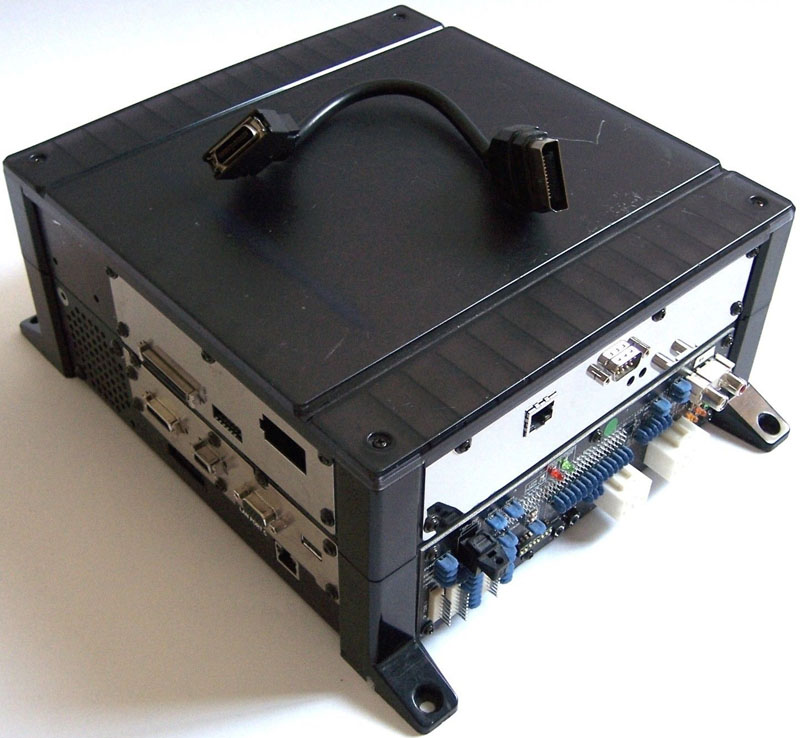
Or, hell, Sega could have gone with what would become the “Lindbergh” arcade platform, had they kept things internal. Or maybe development of that would have been shifted by the nature of things. At this point it’s all speculation out in the wild. Sure, it’s fun to think “what if” but there are so many variables anyone’s guess at this point is equally good. It’s a future we didn’t see as reality is what it is, in the end.
If you made it this far, thanks for reading. I realize this is a bit of a long one, but I hope you enjoyed the speculative “what if” journey. Here’s to the Dreamcast, and it being the kick ass little box of gaming joy it was during its short life.
